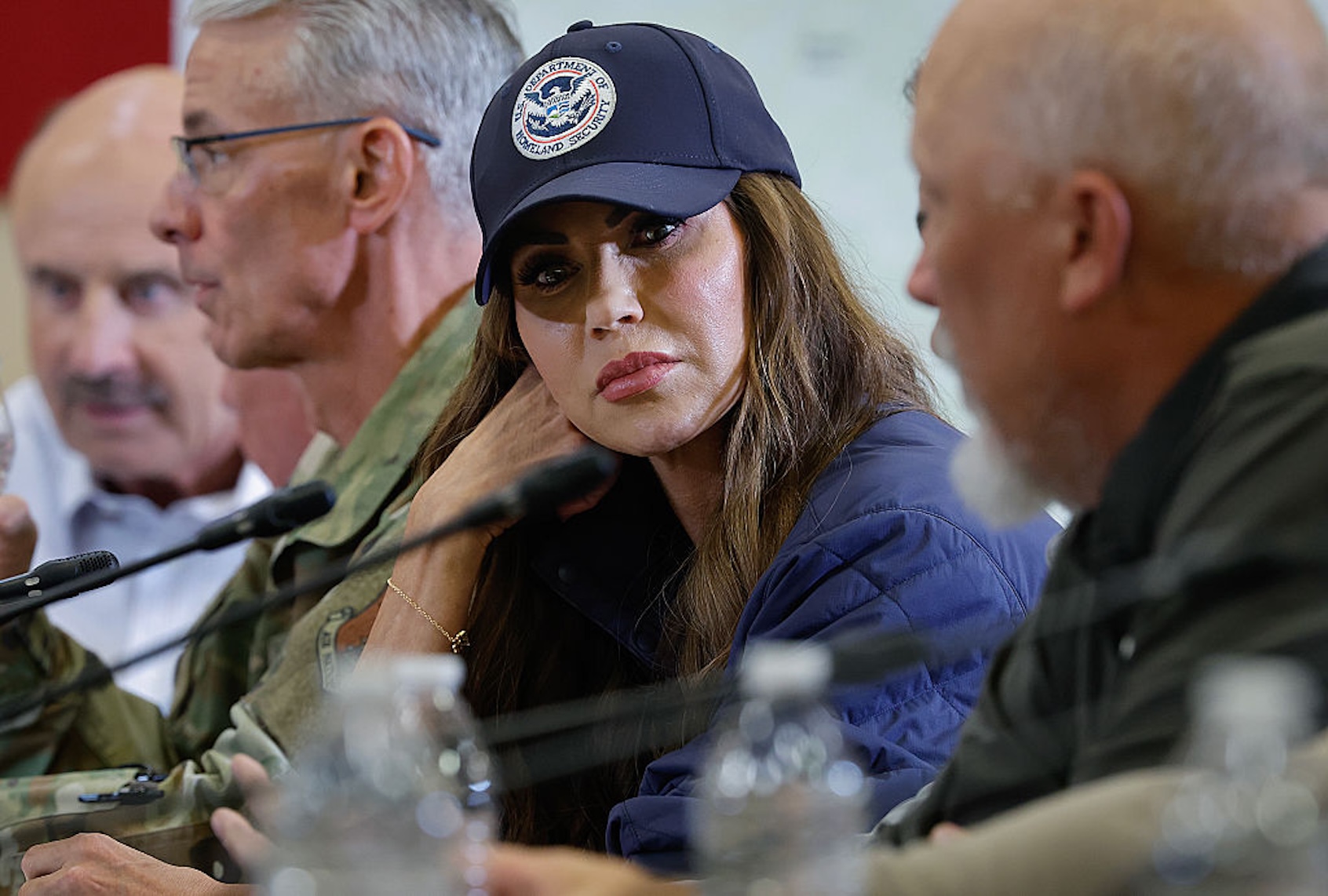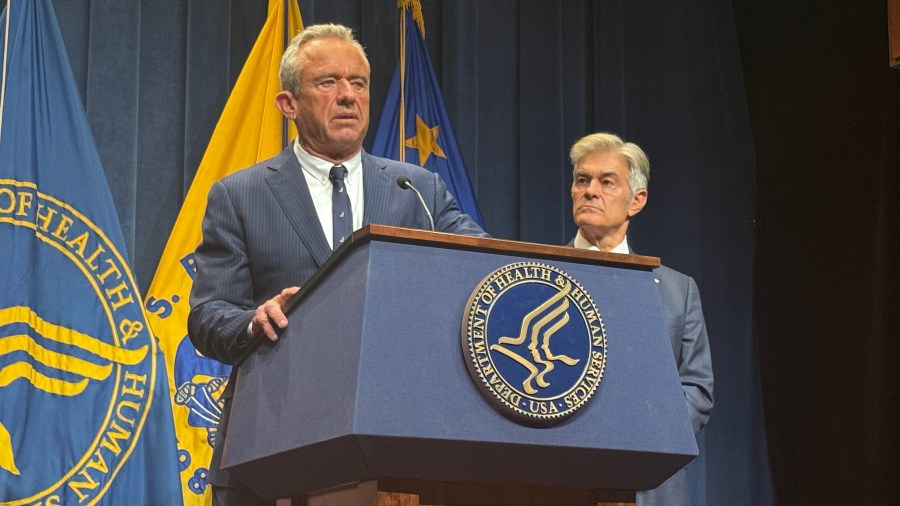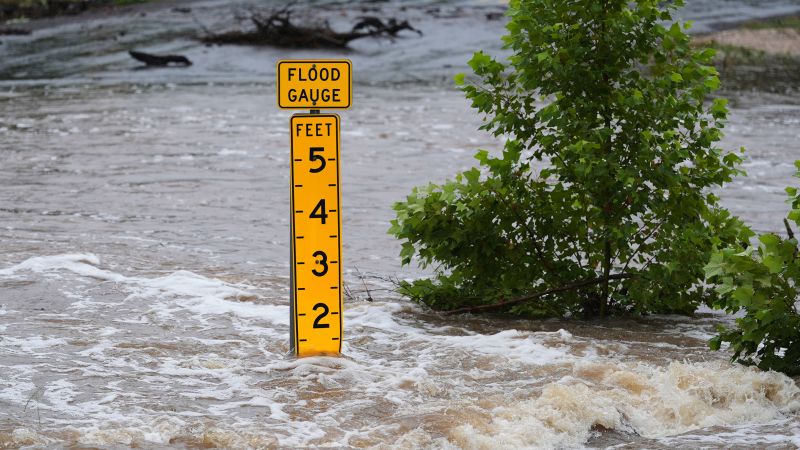Kristi Noem’s Stance on FEMA: A Controversial Agenda Unfolds

The ongoing tension between South Dakota Governor Kristi Noem and the Federal Emergency Management Agency (FEMA) highlights a contentious shift in disaster relief policy. Noem has reiterated her intention to fundamentally alter FEMA’s structure, raising concerns about the future of federal disaster assistance, particularly in light of recent catastrophic flooding in Texas.
Noem’s position reflects a broader trend within certain political circles that view FEMA as an overreaching agency. Demonstrating a lack of confidence in federal disaster response capabilities, Noem has openly stated her belief that FEMA needs to be “eliminated as it exists today.” This sentiment aligns with former President Donald Trump, who has previously indicated a desire to dismantle the agency. Despite recent media reports suggesting that Trump has softened his stance, the underlying objective—reorganizing or rebranding FEMA—remains unchanged.
FEMA’s role in providing critical aid during natural disasters has garnered widespread public support, with approximately 80% of Americans believing that the federal government should play a significant role in disaster response. Nonetheless, Noem and her allies maintain that states should bear primary responsibility for disaster management. This approach raises questions about the viability of local governments handling significant disasters without federal assistance.
In a recent interview, Tricia McLaughlin, assistant secretary of homeland security, suggested that under Noem’s leadership, “FEMA, as it is today, will no longer exist.” This statement reflects an ongoing dialogue within the Department of Homeland Security (DHS) regarding the future of disaster relief in the United States. Critics argue that Noem’s proposals could severely hinder timely assistance to those affected by disasters, particularly as climate change increases the frequency and severity of such events.
The implications of Noem’s approach are particularly concerning following the devastating floods in Texas. Reports indicate that FEMA’s response to these floods has been hampered by bureaucratic obstacles, including a directive from Noem limiting agency expenditures without her approval. This has prompted speculation about the effectiveness of FEMA’s response efforts during crises.
The historical context of FEMA reveals a complicated relationship between the agency and certain political factions. Since its establishment in 1979, FEMA has been the target of various conspiracy theories, particularly from far-right groups. These theories often depict FEMA as a tool for government oppression, suggesting that its disaster relief efforts are a façade for more nefarious purposes. Such narratives have gained traction during times of heightened racial and political tensions, particularly following events like Hurricane Katrina in 2005 and the election of President Barack Obama in 2008.
Despite the popularity of FEMA’s mission, Noem’s rhetoric appears to resonate with a segment of the Republican base that is increasingly skeptical of federal intervention. This skepticism has been further fueled by Trump’s promotion of anti-FEMA sentiments, which he has tied to broader anti-immigration and anti-government narratives.
As the political landscape evolves, the consequences of Noem’s policies could have profound effects on disaster relief in the United States. Critics emphasize that dismantling or significantly altering FEMA could leave vulnerable populations without essential support during emergencies. The situation continues to develop, and as the 2024 election approaches, the debate over the future of FEMA will likely remain a contentious issue.
The ongoing dialogue surrounding FEMA reflects broader ideological divides regarding the role of government in the lives of American citizens, particularly during times of crisis. As Noem and her supporters push for a redefined approach to disaster management, the effectiveness and accessibility of aid for those in need hangs in the balance.






